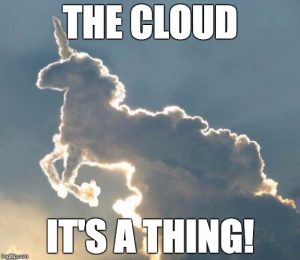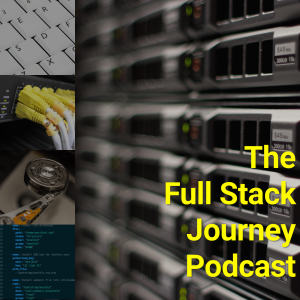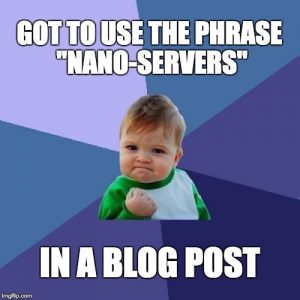I’m pleased to say that I upped my game somewhat over the past year, managing to churn out 62 posts in 2016, more than double the 28 posts I produced in 2015!
There were a few other interesting trends over the previous year. The balance between VMware and other subjects has definitely shifted for me, where for example, I wrote well over a dozen posts on AWS.
I guess this is probably representative of both my recent role change, as well as the shift in my customers from being 90%+ VMware houses, to a broad mix of different cloud platforms, both public (AWS / Azure) and private (VMware / OpenStack).
This trend is only going to accelerate in the future, and I suggest Scott Lowe’s Full Stack Journey podcast would be well worth your time subscribing to for great information on how to avoid being left behind as our industry morphs over the coming years!

It’s worth noting that this trend is also mirrored in the top 5 articles alone, which include popular newer technologies such as Docker and AWS. That said, it’s great to see the Intel NUC Nanolab series is still as popular as ever, and people are obviously still keeping their vSphere skills and certs up to date, based on the VCP delta study guide popularity.
You may also have noticed that I have been a little quieter of late. The main reasons for this have been down to starting my new role earlier this year, studying for exams, plus a number of other projects I’ve been involved in (such as the Open TechCast podcast). Hopefully I can find a little more balance between them all in 2017, though I already have a couple of podcasts, a VMUG presentation, and a possible exam lined up for January so I’m not really helping myself on that front!

So, enough jibber jabbing! Here follows the top 10 most popular posts of the past 12 months.
Tekhead Top 10 Posts of 2016
- My Synology DSM Blue LED issue was actually just a failed drive!
- Installing Docker on Ubuntu Quick Fix
- NanoLab – Running VMware vSphere on Intel NUC – Part 1
- Fix for VMware Remote Console unrecoverable error: (vmrc)
- AWS Certified Solutions Architect Associate Exam Study Guide & Resources
- VCP6-DCV Delta Exam (2V0-621D) Study Guide and Exam Experience
- NetApp – Is this the dawn of a new day?
- NanoLab – Part 10 – Your NUCs are nice and cool, but what about your stick?
- Index of Tekhead.it Blog Posts on Amazon AWS
- Quick Fix for “The task was canceled by a user” when deploying OVA in vCenter 6
Something Mike Preston and I discussed on our recent Open TechCast podcast episode, was how it can be a little frustrating as a blogger that often an opinion piece which took ages to write and edit will get a small number of views, whilst a quick tip which took a couple of minutes to jot down, might get thousands or even tens of thousands over time!
Gladly, my top 10 this year includes both types, so my time wasnt completely wasted! 🙂
Anyway thats enough from me for now; all the best for 2017 folks!








 I highly recommend using them to augment any particular areas you feel less confident in.
I highly recommend using them to augment any particular areas you feel less confident in. 

 RSS – Posts
RSS – Posts